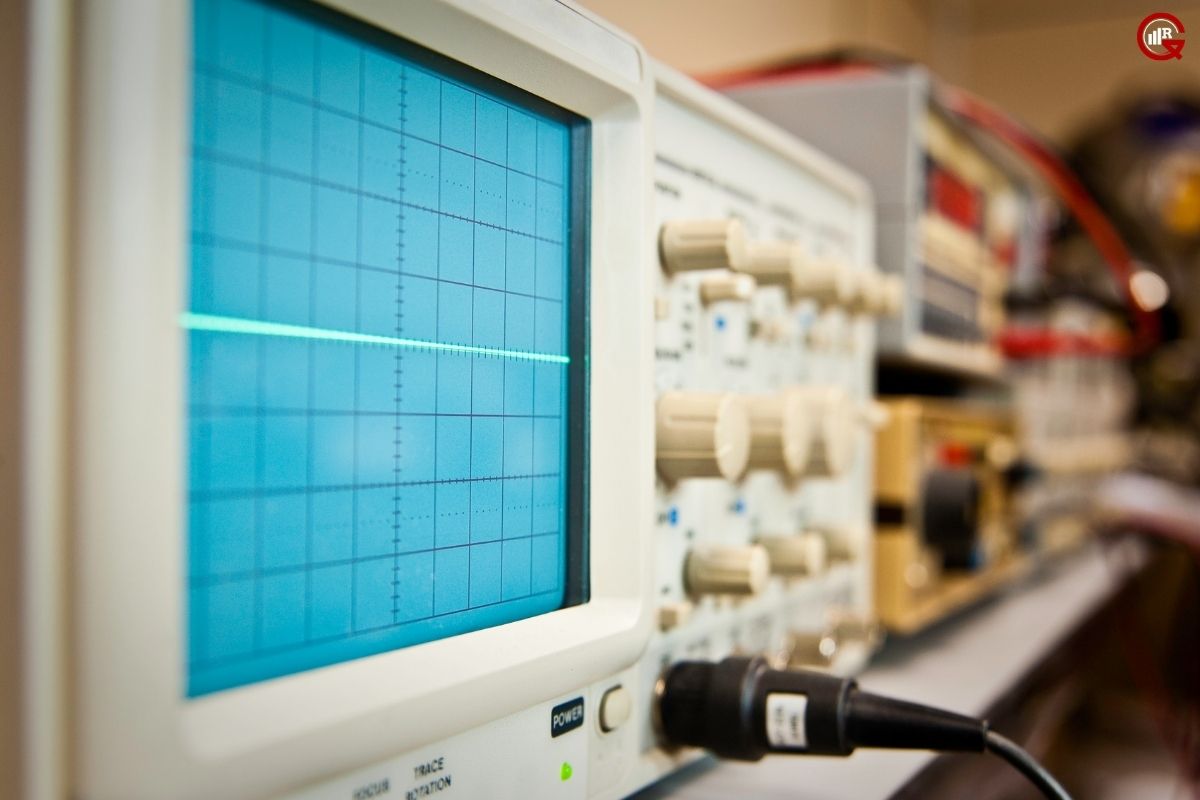In the realm of electronics, where precision and accuracy reign supreme, the digital oscilloscope stands as an indispensable tool, revolutionizing the landscape of signal analysis. From its humble beginnings to its current state of sophistication, this article explores the evolution, functionality, and myriad applications of digital oscilloscopes, shedding light on their pivotal role in modern engineering and research endeavours.
Evolution of Oscilloscopes: From Analog to Digital
The journey of oscilloscopes dates back to the early 20th century when cathode-ray tubes (CRTs) paved the way for the development of analog oscilloscopes. These early instruments provided engineers with invaluable insights into the behavior of electrical signals, enabling them to visualize waveforms in real time. However, the limitations of analog technology, such as limited storage capacity and susceptibility to noise, spurred the quest for more advanced solutions.
Enter the oscilloscope, a paradigm shift in signal analysis. Emerging in the late 20th century, oscilloscopes offered unparalleled versatility, accuracy, and functionality compared to their analog counterparts. By digitizing incoming signals and processing them using advanced algorithms, digital oscilloscopes opened new frontiers in signal analysis, setting the stage for groundbreaking advancements in various fields.
Unveiling the Anatomy of Oscilloscopes

At the heart of every oscilloscope lies a sophisticated architecture comprising essential components that work in tandem to capture, process, and display signals with unprecedented precision. The key components include:
Analog Front-End: Responsible for acquiring incoming signals and converting them into digital form. This component typically consists of high-speed analog-to-digital converters (ADCs) and amplifiers, ensuring faithful signal reproduction.
Digital Signal Processor (DSP): Handles signal processing tasks, including filtering, triggering, and waveform analysis. The DSP’s computational prowess enables real-time manipulation of signals, enhancing the oscilloscope’s performance and functionality.
Display Unit: Showcases waveform data in a user-friendly format, facilitating visual analysis and interpretation. Modern oscilloscopes feature high-resolution displays with intuitive user interfaces, empowering engineers to glean valuable insights with ease.
Memory and Storage: Stores acquired waveform data for subsequent analysis and retrieval. Digital oscilloscopes boast ample memory capacity, allowing users to capture and store vast amounts of waveform data for in-depth analysis and documentation.
Triggering Mechanism: Initiates waveform capture based on predefined trigger conditions, ensuring accurate and consistent signal acquisition. Advanced triggering capabilities enable precise synchronization and triggering of complex signals, enhancing measurement accuracy.
Unparalleled Versatility and Functionality
Digital things offer a myriad of features and capabilities that transcend traditional signal analysis, empowering engineers and researchers to tackle complex challenges with confidence and precision. Some notable features include:
Multi-channel Capability: Many oscilloscopes support multiple input channels, enabling simultaneous acquisition and analysis of multiple signals. This feature is invaluable for applications requiring synchronization and comparative analysis of different signals.
Advanced Triggering Options: Digital oscilloscopes boast a plethora of triggering options, ranging from basic edge triggering to sophisticated serial bus triggering. These advanced triggering capabilities facilitate precise signal capture and analysis, even in the presence of complex signal conditions.

Mathematical Functions: Built-in mathematical functions and waveform analysis tools empower users to perform complex mathematical operations directly on acquired waveforms. From FFT (Fast Fourier Transform) analysis to waveform arithmetic, oscilloscopes offer a suite of tools for in-depth signal analysis and characterization.
Automated Measurements: Digital things feature automated measurement capabilities, allowing users to extract key waveform parameters quickly and accurately. From voltage amplitude to frequency and rise time, these automated measurements streamline the analysis process, saving time and effort.
Remote Connectivity: Many modern oscilloscopes offer remote connectivity options, enabling users to control and monitor the instrument remotely via computer networks or mobile devices. This feature facilitates collaborative work environments and remote troubleshooting, enhancing productivity and efficiency.
Applications Across Diverse Industries
The versatility and precision of oscilloscopes make them indispensable tools across a wide range of industries and applications. Some common applications include:
Electronics Design and Testing: Digital oscilloscopes play a vital role in electronics design and testing, enabling engineers to verify circuit performance, debug designs, and validate prototype functionality.
Telecommunications: In the telecommunications industry, oscilloscopes are used for signal analysis, channel characterization, and network troubleshooting. From testing high-speed data transmission to analyzing RF signals, oscilloscopes are essential for ensuring optimal network performance.
Automotive and Aerospace: Digital oscilloscopes are employed in automotive and aerospace applications for testing and validating electronic systems, such as engine control units (ECUs), avionics, and sensor networks. Oscilloscopes help engineers diagnose electrical faults, verify system integrity, and ensure compliance with stringent performance standards.

Medical Imaging and Research: In medical imaging and research, oscilloscopes are utilized for capturing and analyzing physiological signals, such as ECG (electrocardiogram) and EEG (electroencephalogram) waveforms. Oscilloscopes aid in diagnosing medical conditions, monitoring patient vital signs, and conducting scientific research in various healthcare disciplines.
Conclusion: Pioneering the Future of Signal Analysis
In conclusion, oscilloscopes stand as indispensable tools at the forefront of signal analysis, empowering engineers, researchers, and innovators to unlock new realms of discovery and innovation. With their unparalleled versatility, functionality, and precision, digital oscilloscopes continue to push the boundaries of what’s possible in electronics, telecommunications, automotive, healthcare, and beyond. As technology evolves and challenges grow more complex, oscilloscopes remain steadfast in their mission to illuminate the mysteries of the digital world, pioneering the future of signal analysis and engineering excellence.






